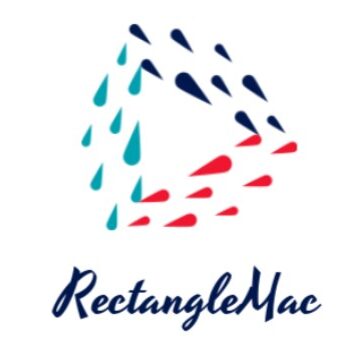Choosing the Right Secure Remote Access Tool for Your Team
In today’s increasingly distributed workforce, secure remote access is no longer a luxury; it’s a necessity. The right tools empower teams to collaborate effectively, access critical resources, and maintain productivity regardless of location. However, selecting the appropriate solution requires careful consideration of several factors, including security, scalability, ease of use, and cost.
Key Features to Consider
- Strong Authentication: Multi-factor authentication (MFA), biometric verification, and robust password policies are essential to prevent unauthorized access.
- Data Encryption: End-to-end encryption ensures that data remains confidential during transmission and storage.
- Access Control: Granular control over user permissions allows administrators to restrict access to specific resources based on roles and responsibilities.
- Centralized Management: A centralized console simplifies the management of user accounts, devices, and access policies, improving efficiency and streamlining administration.
- Audit Trails: Comprehensive audit logs provide a record of all access attempts, successful and unsuccessful, enabling better security monitoring and incident response.
- Compliance: Ensure the tool complies with relevant industry regulations, such as HIPAA or GDPR, depending on your industry and data sensitivity.
- Scalability: The tool should be capable of handling the current team size and accommodate future growth.
- Integration: Compatibility with existing infrastructure and applications is crucial for seamless integration into your workflow.
- Support: Reliable customer support is vital for resolving issues and ensuring the smooth operation of the remote access solution.
Types of Secure Remote Access Tools
Several types of tools cater to different needs and security requirements:
- Virtual Private Networks (VPNs): VPNs create a secure, encrypted connection between a user’s device and a private network, providing secure access to internal resources. They are a common solution for remote access, offering a relatively simple and cost-effective approach.
- Remote Desktop Protocol (RDP): RDP allows users to control a remote computer as if they were sitting in front of it. While effective, it requires robust security measures to prevent unauthorized access.
- Dedicated Remote Access Solutions: These solutions often offer more advanced features, such as centralized management, granular access control, and enhanced security capabilities, compared to generic VPNs or RDP.
Top Secure Remote Access Tools for Teams
Many excellent solutions offer secure remote access capabilities. The ideal choice depends on your organization’s specific needs and budget. Research is key to finding the right fit.
While we cannot endorse specific products here due to ever-changing market conditions, you should research solutions from reputable providers with proven track records in security and reliability. Look for reviews, comparisons, and independent security audits to inform your decision.
Security Best Practices for Remote Access
Regardless of the tool you choose, implementing robust security measures is paramount:
- Strong Passwords and MFA: Implement strong password policies and enforce multi-factor authentication for all users.
- Regular Security Updates: Keep all software and firmware updated to patch security vulnerabilities.
- Employee Training: Educate employees on security best practices, such as phishing awareness and password management.
- Device Security: Ensure that all devices used for remote access are protected with robust security software, including antivirus and endpoint detection and response solutions.
- Regular Security Audits: Conduct regular security audits to identify and address vulnerabilities in your remote access infrastructure.
Conclusion
Securing remote access for your team is essential for productivity and data protection. Choosing the right tool and implementing robust security measures are critical steps in protecting your organization’s sensitive data and ensuring business continuity. By carefully evaluating your needs, researching available solutions, and implementing best practices, you can create a secure and efficient remote work environment for your team. Remember to always prioritize security and stay informed about emerging threats and best practices within the industry.
For more in-depth information and comparisons on different remote access solutions, consider visiting a trusted technology review website. Learn More
